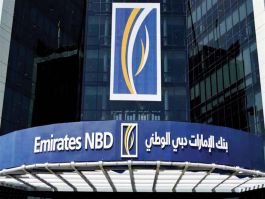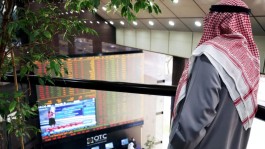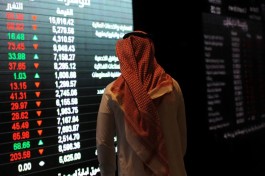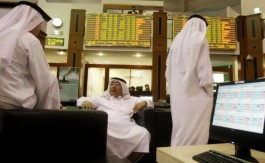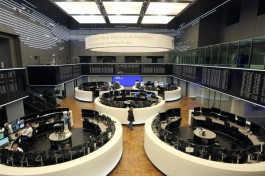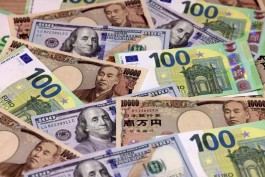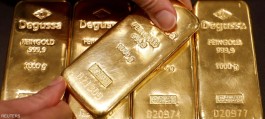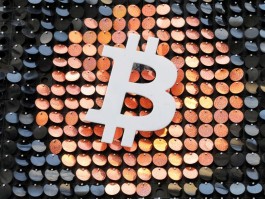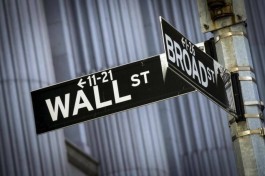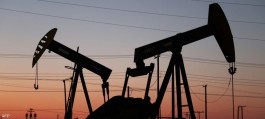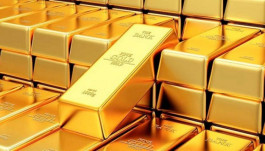The World Gold Council estimates that geopolitical tensions have contributed to the rise in gold prices by about 2% over the past three months, and 7% since the beginning of the year, according to Juan Carlos Artigas, head of research at the council, who expected that the worsening situation in the region would contribute to further increases in the price of gold.
Artigas explained in an interview with Asharq that of the three main drivers of gold prices, namely demand for bullion from central banks, interest rate cuts and the decline in the value of the dollar, and geopolitical tensions, interest rate cuts and demand from central banks had the greatest impact, as each of these factors contributed to raising gold prices by about 6% over the past three months, while the decline in the dollar itself contributed 2%.
Gold prices have risen by about 15.5% over the past three months, with the price of an ounce jumping from $2,323 per ounce in early July to about $2,684 per ounce in early October, very close to the all-time high of just over $2,685 per ounce at the close of trading on September 26.
Future trend of gold prices
Artigas expects gold prices to rise further in the foreseeable future, supported by interest rate cuts in the US and Europe and geopolitical tensions.
The price of gold has risen by about 30% since the beginning of the year, and experts expect it to continue on its upward path. For example, Citigroup expects the price of gold to reach $3,000 per ounce within a maximum period of 18 months, thanks to the high level of investor purchases of the precious metal, amid expectations that the Federal Reserve will cut interest rates again.
Goldman Sachs notes that the precious metal is in a bull market and has raised its year-end price forecast to $2,700 an ounce. JPMorgan had expected the price to reach $2,500 an ounce this year, a level that was surpassed last month.
US Elections and Gold
The impact of the US elections themselves on gold is limited, as historically, elections have not moved the price of the yellow metal much, according to Artigas, who believes that what matters is not the elections, but the policies that will be implemented after them, such as taxes and interest rates, which take time to crystallize.
A Bloomberg poll conducted a few weeks ago found that gold would be the best hedge in investment portfolios if Donald Trump returns to the White House. Of the 480 respondents, 53% saw gold as the best performing safe haven if Trump wins the presidential race, while 26% chose the dollar and 21% chose the Swiss franc.
Gold rose more than 50% during Trump’s presidency, while the Bloomberg Dollar Index fell more than 10%, in light of his election program that is based on cutting taxes and fees and reducing regulations and legislation.
More than 60% of respondents to a Bloomberg poll expected the value of the US currency to decline if the Republican Party candidate wins a new presidential term.
In his interview with Asharq, Artigas considered that the uncertainty regarding whether Harris or Trump will win the presidential race is pushing towards hedging and buying gold now.
Chinese demand
Chinese demand is split into two, Artigas said: jewelry demand and investment demand. Jewelry demand has fallen as prices have risen and growth in the world’s second-largest economy has slowed, but that has been offset by interest in gold as an investment asset, both by funds and through over-the-counter purchases, he said.
China's demand for gold has fallen sharply amid record-high prices for the precious metal, with sales at the country's jewelry stores deteriorating as buyers hesitate to make purchases.
Overall bullion demand fell about 6% in the first half of this year from a year earlier to 524 tonnes, according to a report from the China Gold Council. The data also showed a sharp 52% drop in jewellery purchases in the second quarter, according to Bloomberg calculations.
That’s a sharp turnaround from the first three months of the year, when buying by China’s central bank and consumers as a hedge against a prolonged slide in volatile property and stock markets helped push gold prices to consecutive record highs. The People’s Bank of China stopped buying in May and June after an 18-month buying spree.





